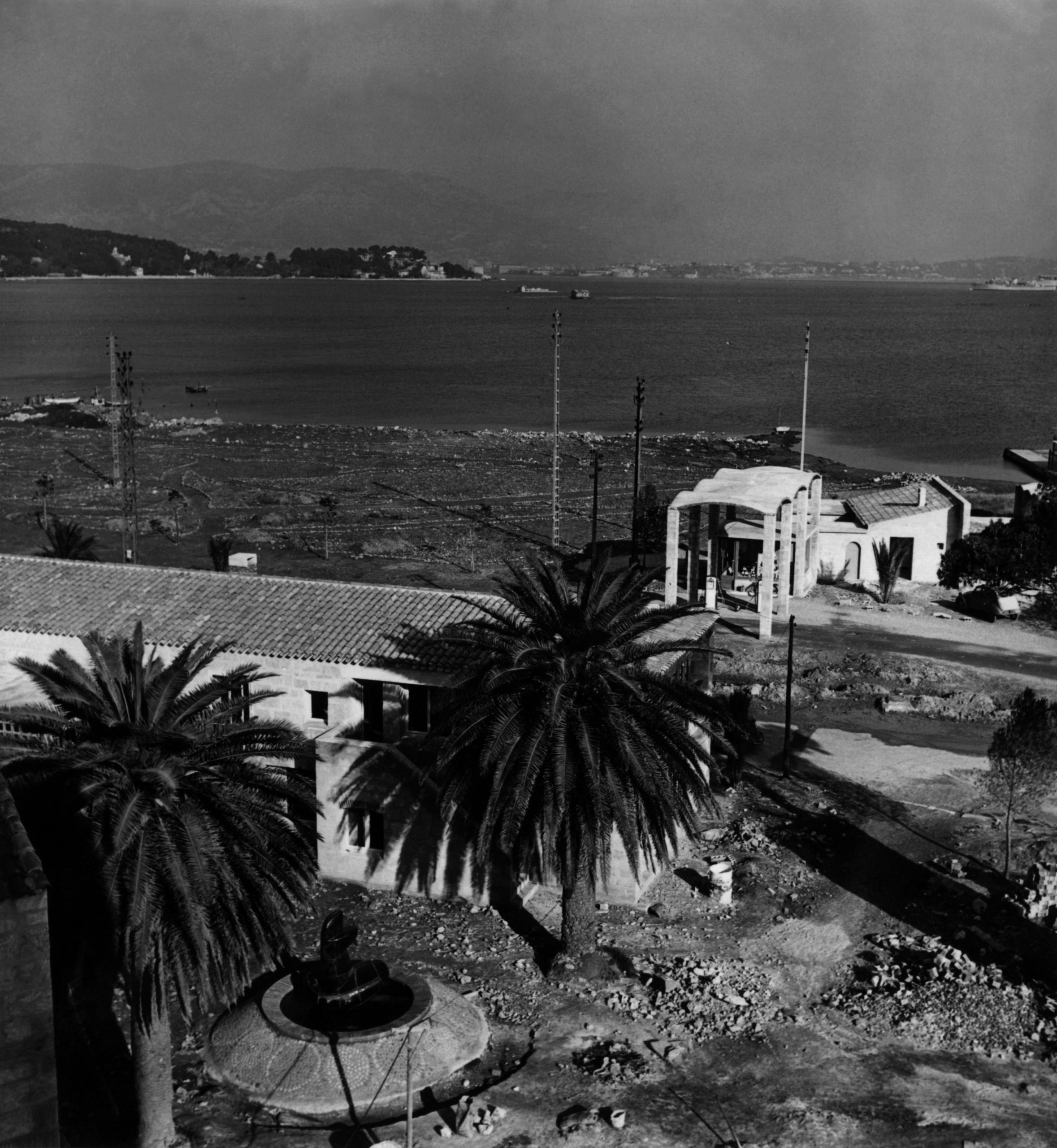Les Sablettes, La Seyne-sur-mer


«I had a credit of one hundred ten million to build forty apartments, two hotels, about fifteen shops, a bathing establishment and a service station.
Most of the victims of Les Sablettes were smallholders, who owned homes approximately twenty-five square metres in size. Fishermen, small retailers and pensioners had formerly built shacks made of brick, boards and tarred cardboard, without any comfort. At present, the inhabitants were obliged to comply with sanitary regulations and live in rooms at least nine square metres in size. […]
The assessment of the victims’ rights, despite all the administration’s benevolence, further reduced the former surface. The age and value of the buildings were taken into account: ratings reaching thirty percent hit the dilapidated and precarious constructions.
I got these good people together and I assured them they would get the equivalent of inhabitable surface, the same number of rooms and, moreover, sanitary rooms would be included as an extra. They believed and trusted me. I never had so much desire to succeed. For once, I worked for a cause which was worth the effort. I had real victims who needed to be relocated in their small houses. If one day you will cross the village of Les Sablettes, remember that its entire reconstruction cost less than one hundred fifteen million and that the victims got their old houses back, enlarged and rebuilt using quality material, without spending a penny. The conditions were so advantageous that some applied for loans so they could add one or two rooms.
I had decided to rebuild in stone. The facades of the Vieux-Port, cut into enormous squared-off blocks, produced large amounts of scraps. I thought of asking them for Les Sablettes. […] This is how Les Sablettes were rebuilt with the scraps of the Vieux-Port, in the beautiful stone of the Pont du Gard. […]
The reconstruction was finished in a few months. The minister financed the work for the outdoor spaces and the gardens. The complex, once finished, had the flaw of being too nice. The care for the details was evident everywhere, this village was made to shoot a film. I regretted not having been more severe for a long time. But it was a town for the holidays, on the beach of Toulon and of La Seyne».
F. Pouillon, Mémoires d’un architecte, Paris: Éditions du Seuil, 1968, pp. 136-138.